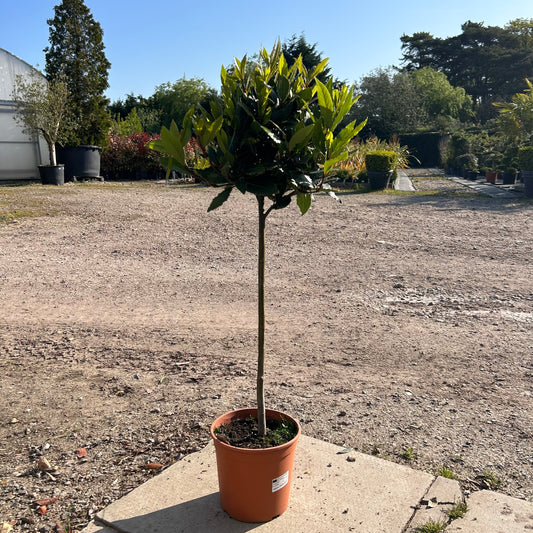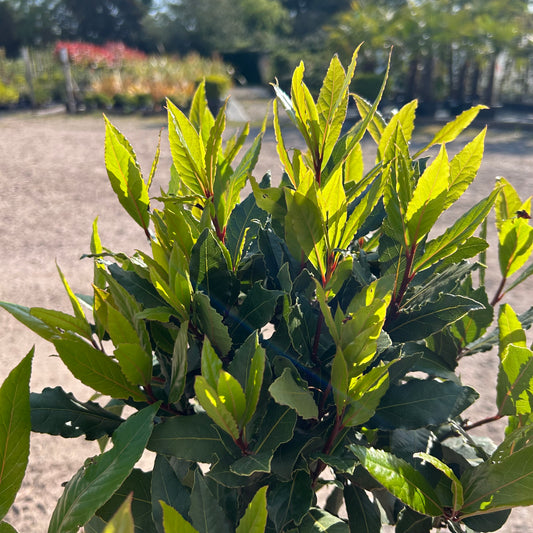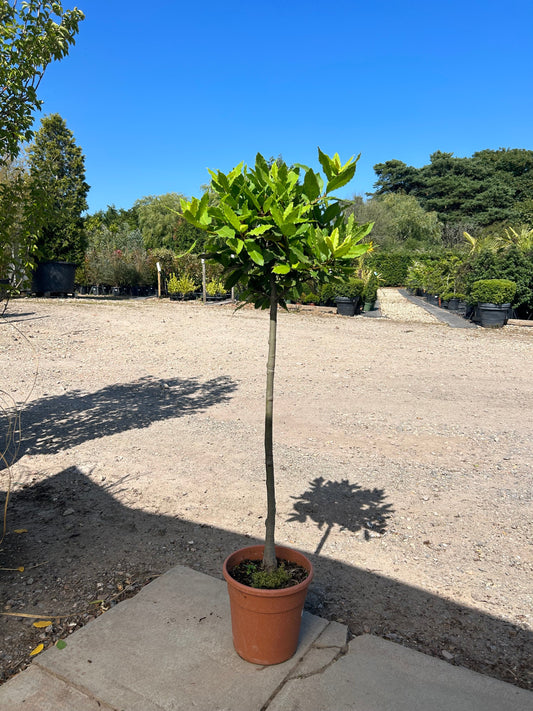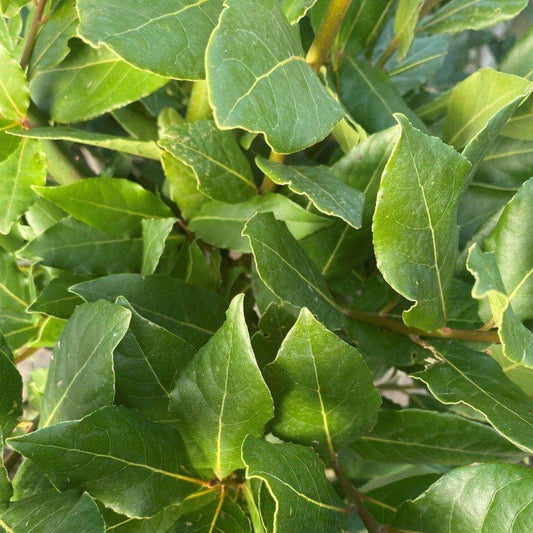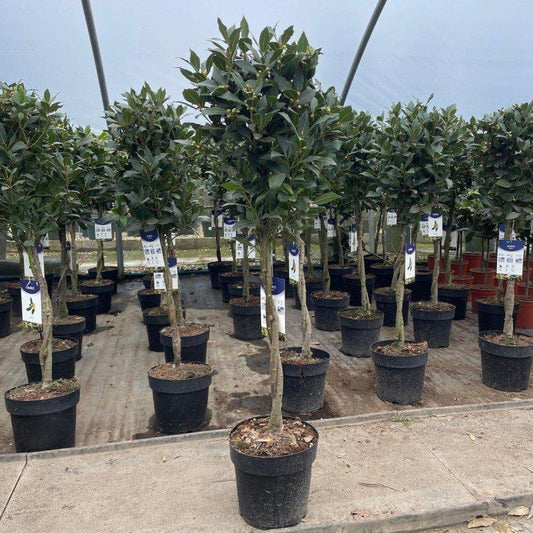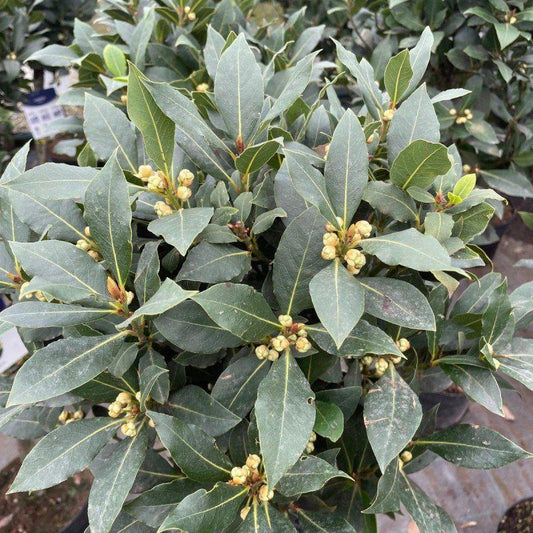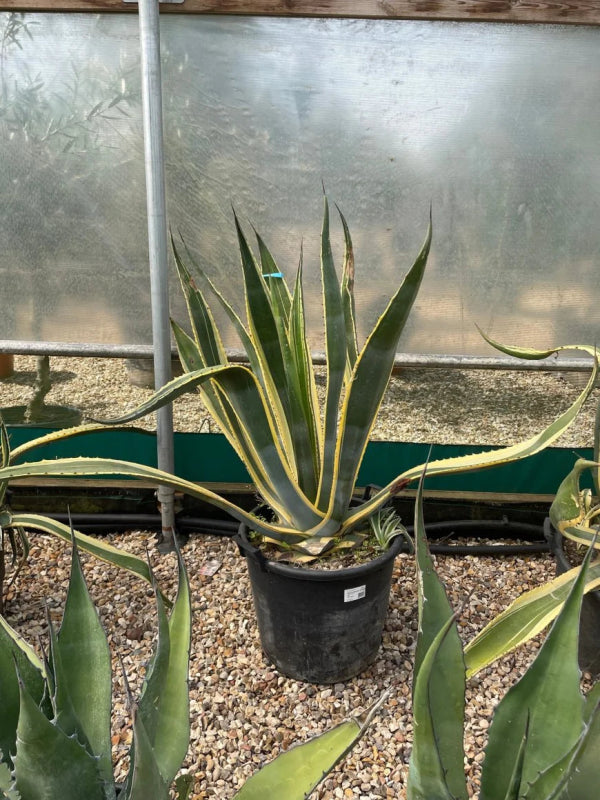Agave Americana Variegata, with its striking rosettes of thick, spiny-edged leaves in blue-green and creamy yellow stripes, is an architectural plant that makes a dramatic focal point in any garden.
Ideal Planting and Growing Conditions
Soil Type
- Agaves thrive in sandy, gravelly, or gritty soil that is fast-draining.
- If you have clay soil, mix in decomposed granite or pumice to improve drainage.
Light Requirements
Watering Needs
- Agaves store moisture in their leaves and need minimal water.
- In summer, water no more than once per week, and reduce to once every 2 or 3 weeks in winter.
- Ensure the soil mix is at least half-dry before watering again, especially for potted plants.
Food and Fertilization
- Use cactus and succulent plant food, if you choose to fertilize.
- A balanced all-purpose fertilizer can be applied in a quarter of the recommended amount once in early summer.
- Avoid fertilizing in winter.
Planting Process
When to Plant
- The best time to plant is in spring, between March and May, after the last frost.
How to Plant
- Wear protective clothing due to the plant's spines and toxic sap.
- Dig a hole nearly as deep as the plant's root ball.
- Set the plant facing the same direction it did in the nursery, with the crown above the soil surface after backfilling.
Potting
- Agaves can be grown in pots, especially in non-hardy climates.
- Choose heavy, shallow, wide pots with drainage holes.
- Use cactus and succulent potting mix for potted plants.
Maintenance and Care
Pruning and Propagation
- Pruning is not typically required unless removing dead or damaged leaves.
- Agaves can be propagated through division or seeds.
Pest and Disease Management
- Watch for crown rot due to over-watering and ensure proper drainage.
- Agave weevils are common pests. Treat infestations with organic insecticide or remove affected plants.
Overwintering Agaves
Indoor Overwintering
- In colder climates, bring potted agaves indoors before the first fall frost.
- Place them near a south-facing window for sunlight.
- Keep the soil dry and the temperature between 50 and 60 degrees Fahrenheit.
- Rotate the pot periodically to ensure even growth.
Outdoor Protection
Safety Considerations
- The plant's foliage is toothed, and its sap can cause rashes. Handle with care and consider plant placement in your garden to avoid accidents.
With proper care and attention to its specific needs, Agave Americana Variegata can be a stunning and resilient addition to your garden, offering a unique and dramatic visual impact.


